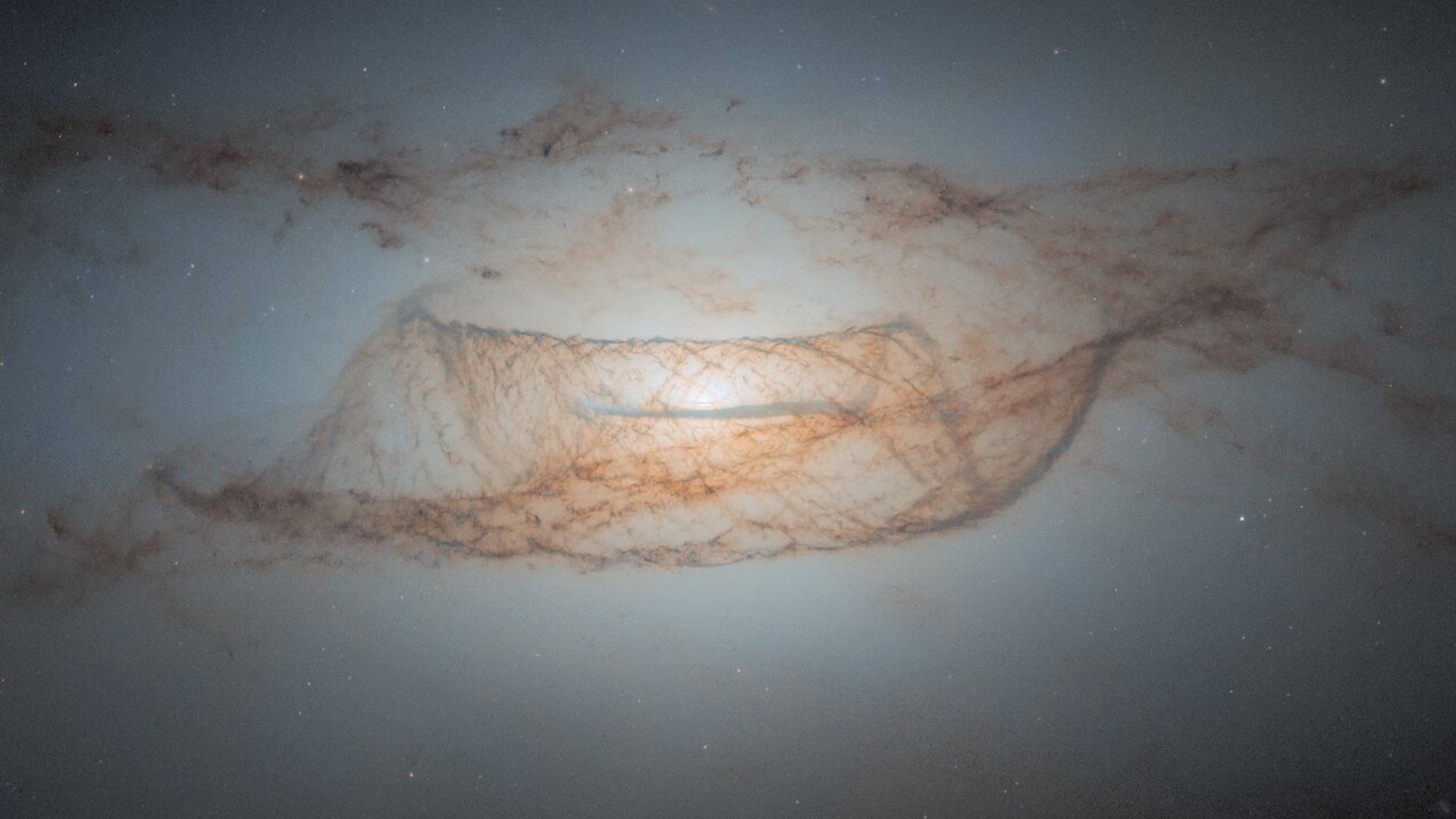Applied Sciences, Vol. 14, Pages 3926: Transverse Spin Hall Effect and Twisted Polarization Ribbons at the Sharp Focus
Applied Sciences doi: 10.3390/app14093926
Authors: Victor V. Kotlyar Alexey A. Kovalev Alexey M. Telegin Elena S. Kozlova Sergey S. Stafeev Alexander Kireev Kai Guo Zhongyi Guo
In this work, using a Richards-Wolf formalism, we derive explicit analytical relationships to describe vectors of the major and minor axes of polarization ellipses centered in the focal plane when focusing a cylindrical vector beam of integer order n. In these beams, the major axis of a polarization ellipse is found to lie in the focal plane, with the minor axis being perpendicular to the focal plane. This means that the polarization ellipse is perpendicular to the focal plane, with its polarization vector rotating either clockwise or anticlockwise and forming “photonic wheels”. Considering that the wave vector is also perpendicular to the focal plane, we conclude that the polarization ellipse and the wave vector are in the same plane, so that at some point these can coincide, which is uncharacteristic of transverse electromagnetic oscillations. In a cylindrical vector beam, the spin angular momentum vector lies in the focal plane, so when making a circle centered on the optical axis, at some sections, the handedness of the spin vector and circular motion are the same, being opposite elsewhere. This effect may be called an azimuthal transverse spin Hall effect, unlike the familiar longitudinal spin Hall effect found at the sharp focus. The longitudinal spin Hall effect occurs when opposite-sign longitudinal projections of the spin angular momentum vector are spatially separated in the focal plane. In this work, we show that for the latter, there are always an even number of spatially separated regions and that, when making an axis-centered circle, the major-axis vector of polarization ellipse forms a two-sided twisted surface with an even number of twists.

 2 weeks ago
18
2 weeks ago
18


